We can say that solar panels cannot operate fully without the sun, but they do not become completely nonfunctional either. In the absence of direct sunlight—especially on cloudy days or during morning and evening hours—panels continue to generate energy, albeit in a limited way. This production decreases depending on the weakness of the sun’s rays, but the system does not shut down completely. Panels do not need full sunlight to operate; they need light photons.
On cloudy days or in winter months, production is lower than in summer. However, quality panels still offer a certain level of performance under low-light conditions. Therefore, to balance energy needs, battery or grid-supported hybrid solutions are preferred alongside the system. Excess energy captured during daylight hours can be stored and used during hours without sun.
At night, solar panels do not generate energy. During this period when the sun is completely absent, the system continues to operate with battery support—if included in the installation—or directly through the power grid. Therefore, whether panels can meet energy needs when there is no sun depends on the system’s storage infrastructure. With a properly planned solar energy system, uninterrupted energy use is possible.
How Efficient Are Solar Panels on Cloudy Days?
Solar panels do not operate at full capacity on cloudy days, but production does not stop completely. Although clouds block direct sunlight, diffuse light filtered through the atmosphere still reaches the panel and energy generation continues. Under such weather conditions, production capacity generally ranges between 10% and 40%, depending on panel quality, cloud density, and time of day. High-efficiency panels in particular continue to produce under low-light conditions, preventing the system from going completely offline.
The thickness and movement of clouds have a direct impact on production values. A thin and light cloud layer does not block much of the light reaching the panel, while a dark and dense cloud cover can cause significant drops in production. Nevertheless, sudden cloud passes can, through short-term light reflections, sometimes create instantaneous output values higher than expected. These fluctuations highlight the real-time adaptability of the solar panel system and the inverter’s response speed.
To maintain efficiency on cloudy days, careful attention must be paid to system design. In addition to quality panels, using an efficient inverter, setting the correct tilt angle, and conducting shading analyses play a critical role. Moreover, battery systems or grid-connected solutions can be employed to offset production losses. Although production is lower than on sunny days, it is still possible to obtain energy in cloudy weather, and in well-planned systems this difference is felt at a minimal level.
Efficiency Variation of Solar Panels on Cloudy Days
Chart Description
Title: Efficiency Variation of Solar Panels on Cloudy Days
X-Axis: Weather Conditions (Clear, Partly Cloudy, Heavily Cloudy)
Y-Axis: Efficiency Rate (%)
Data: In a hypothetical scenario, the efficiency rates of solar panels under different weather conditions are as follows:
- Clear: 100% (full capacity)
- Partly Cloudy: 50–70%
- Heavily Cloudy: 10–25%
Purpose: To visualize the efficiency loss of solar panels on cloudy days.
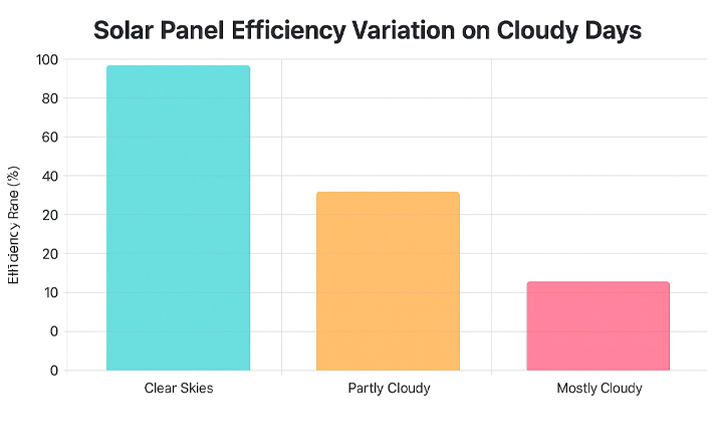
This bar chart shows the efficiency rates of solar panels under different weather conditions. Panels that operate at 100% efficiency in clear weather drop to around 60% on partly cloudy days and to as low as 15% on heavily cloudy days. This shows that solar panels do work on cloudy days, but their efficiency decreases significantly. Efficiency can vary depending on panel type (for example, the better performance of monocrystalline panels), cloud density, and the level of solar irradiance.
Performance of Solar Panels in Rainy and Snowy Weather
In rainy and snowy weather, the performance of solar panels decreases due to the reduction in direct irradiance, but the system does not stop completely. On rainy days, the dense cloud layer that covers the sky limits the amount of light reaching the panel. Nevertheless, with diffuse light filtered through the atmosphere, panels continue to generate energy, albeit in a limited way. Rain also helps clean dust and dirt from the panel surface, contributing to increased efficiency in the following days.
In snowy weather, performance largely depends on whether the panel surface remains clear. If the thickness of the snow prevents the panel from receiving light, production can drop to nearly zero. However, a thin snow layer or partial coverage does not cause a complete shutdown. Cold weather conditions allow some panels to operate more efficiently because lower temperatures reduce internal cell resistance. Therefore, once the panel surface is cleared, it is possible to achieve quite high production values on cold but sunny winter days.
Can Solar Panels Generate Energy at Night?
Solar panels cannot generate energy at night. The operating principle of panels is based on photons in sunlight striking the surface and producing electricity. Since light from the sun is completely cut off at night, no energy production occurs in the panel cells. Therefore, solar energy systems should be supported with battery systems or a grid connection, especially to support nighttime use.
Excess energy produced during the day can be stored in batteries to be used during hours without sun. In grid-connected systems, when production stops, the required energy is supplied directly from the utility grid. This does not mean that solar panels cannot meet electricity needs at night; it simply indicates that there is no direct generation. With a well-designed system, uninterrupted energy use is possible at any time of the day.
What Are the Most Suitable Weather Conditions for Solar Panels?
The most suitable weather conditions for solar panels are clear and cool days when direct and uninterrupted sunlight reaches the panel. High irradiance allows more photons to reach the panel surface, which maximizes electricity production. Cool air prevents the panel from overheating, avoiding efficiency loss. Solar panels operate by capturing light; therefore, irradiance intensity—not temperature—is the main determinant. The most efficient production is generally achieved under clear skies, low humidity, and between morning and noon hours.
The most suitable weather conditions for solar panels:
- Clear and cloudless sky
- Low humidity
- High solar irradiance
- Windy but dust-free air (reduces panel temperature)
- Cold but sunny winter days
- Unshaded environments with direct sunlight
Panels operating under these conditions reach production values closest to their technical capacity. Although daylight hours are long in summer, very hot weather can cause a decrease in panel efficiency. Therefore, not only sunshine but also the combination of cool and dry weather directly affects efficiency. The climate analysis of the installation area should be done correctly and the system should be optimized in line with this analysis.
The Effect of Shading and Soiling on Solar Panel Efficiency
The effect of shading and soiling on solar panel efficiency leads to direct—and often unnoticed—losses in energy production. Since panels consist of cells connected in series, shading that occurs on a single cell reduces the performance of the entire string. This means that even a small object such as a tree branch, chimney shadow, or satellite dish can cause serious production loss. Likewise, dust, bird droppings, leaves, or industrial pollution accumulating on the panel surface prevent light from reaching the cell, reducing efficiency over the long term.
Efficiency loss can be easily detected by monitoring instantaneous production values. Production that remains steady under normal conditions becomes irregular due to shading or soiling, and distinct drops appear in the graphs. This not only reduces electricity generation but also lowers the overall performance ratio of the system, extending the investment payback period. Regular cleaning and conducting shading analyses are among the fundamental measures to prevent such losses and ensure the panel operates at maximum capacity.
Measures to Improve the Performance of Solar Panels
Measures to improve the performance of solar panels help the system operate more efficiently while also shortening the payback period. Ensuring that panels face the sun at the most efficient angle, keeping their surface clean, and regularly checking system components directly affect efficiency. Correct choices made from the installation stage and subsequent maintenance habits allow the system to operate at high performance for many years. In addition, automation systems supported by technology can also provide efficiency gains.
Main measures that can be implemented to improve solar panel performance:
- Regular cleaning of the panel surface
- Identifying and preventing shading caused by trees, structures, or objects
- Mounting panels at the correct tilt and orientation
- Using a solar tracking system (solar tracker) to maintain the optimum angle throughout the day
- Periodic inspection of the inverter and connection equipment
- Real-time monitoring of production data with energy monitoring systems
- Ensuring airflow beneath the panels to prevent overheating
These measures not only increase daily production but also contribute to the longevity of the system. Compared to fixed panels, solar tracking systems can increase energy production by up to 20% by maintaining the optimum light angle for longer throughout the day. A system built with proper planning, regular maintenance, and technological support maximizes the yield obtained from solar energy.


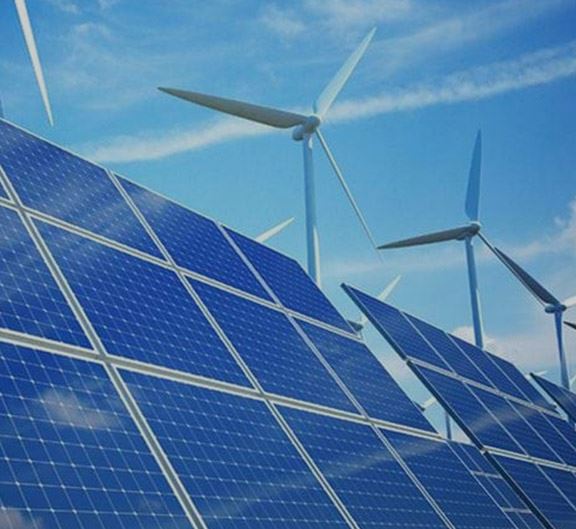
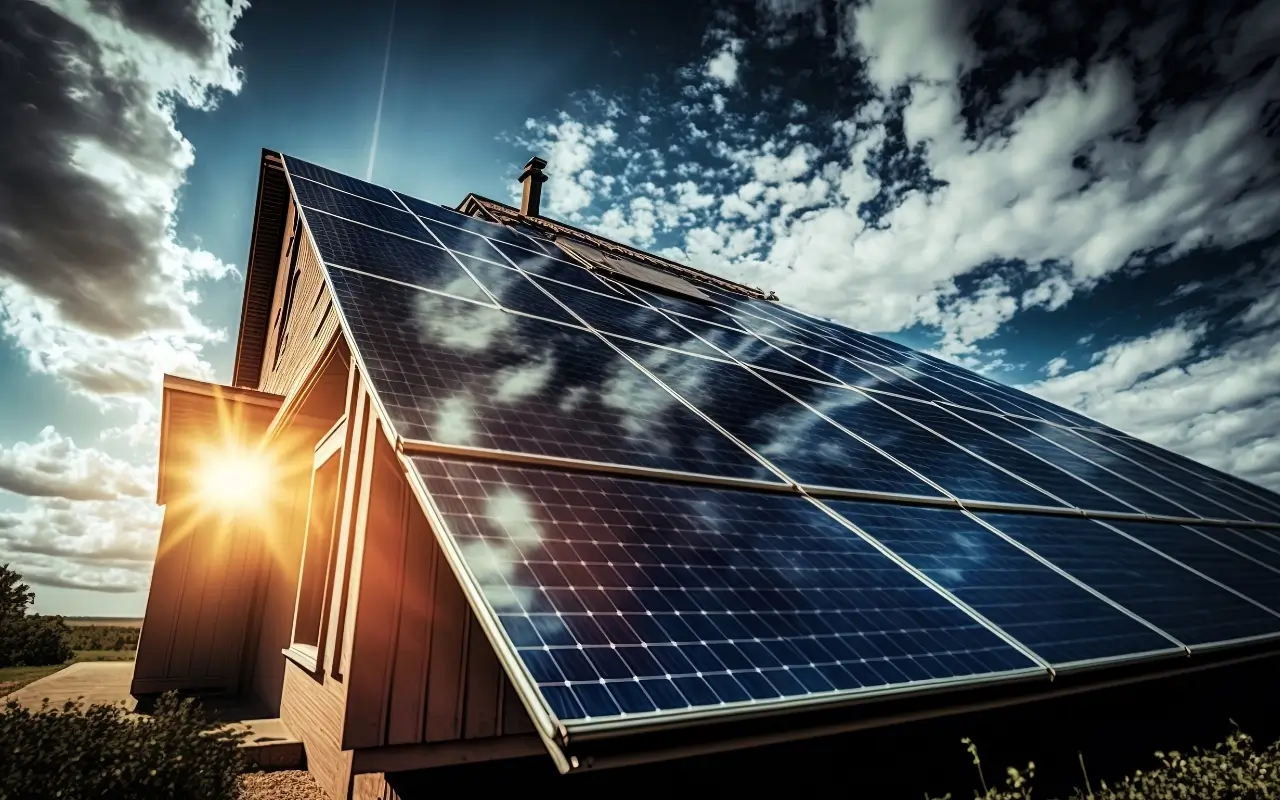
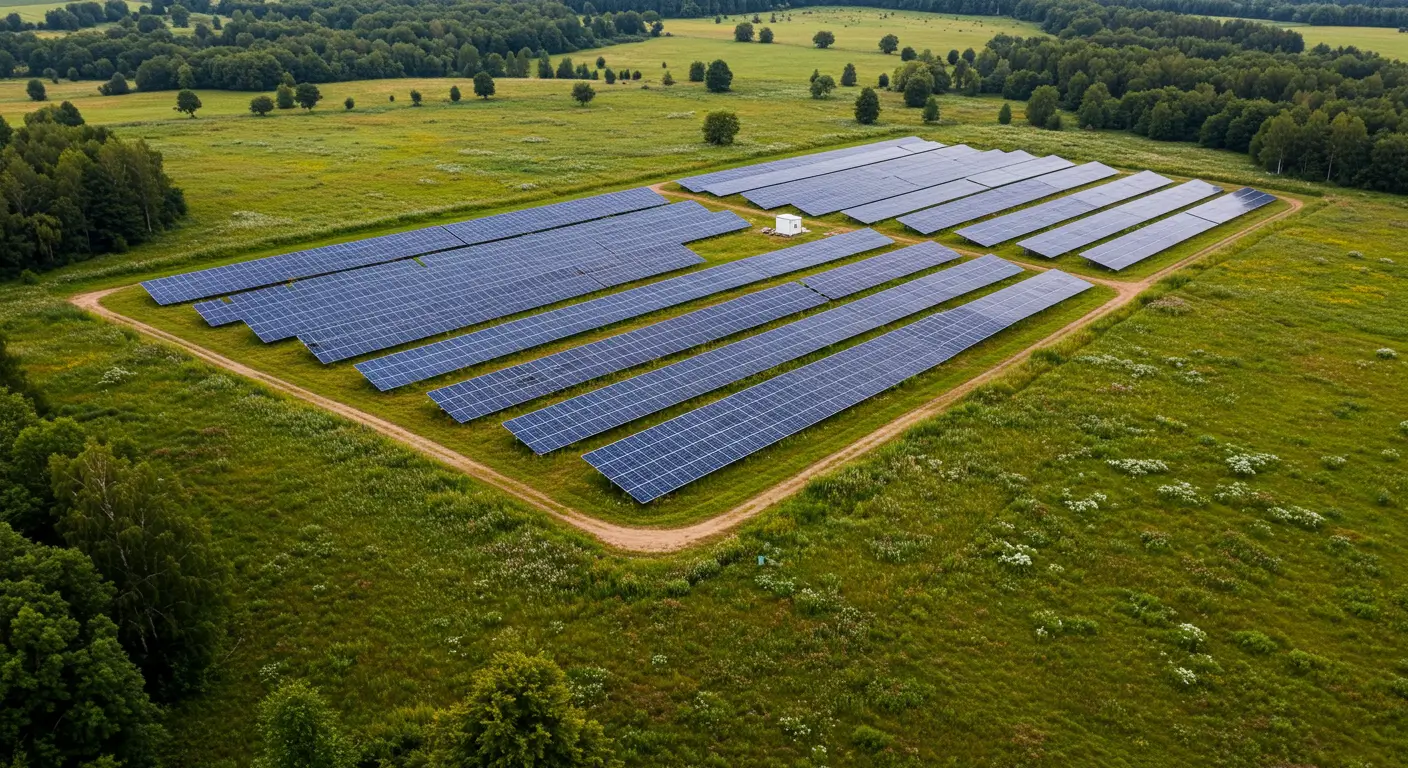
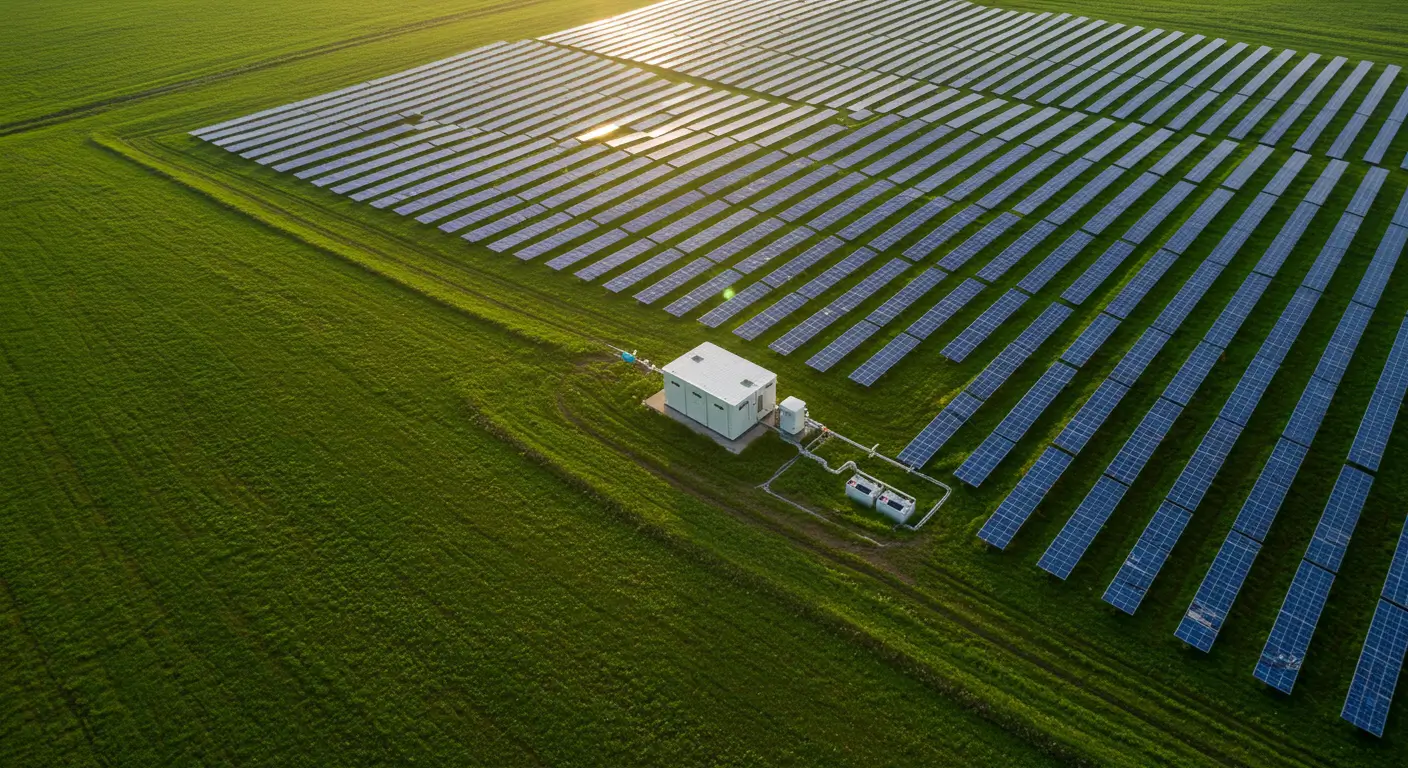
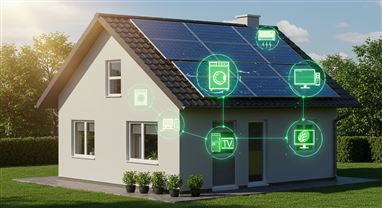
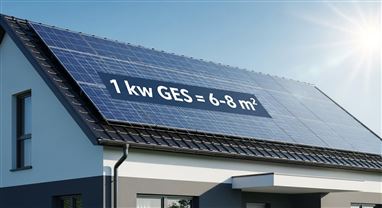
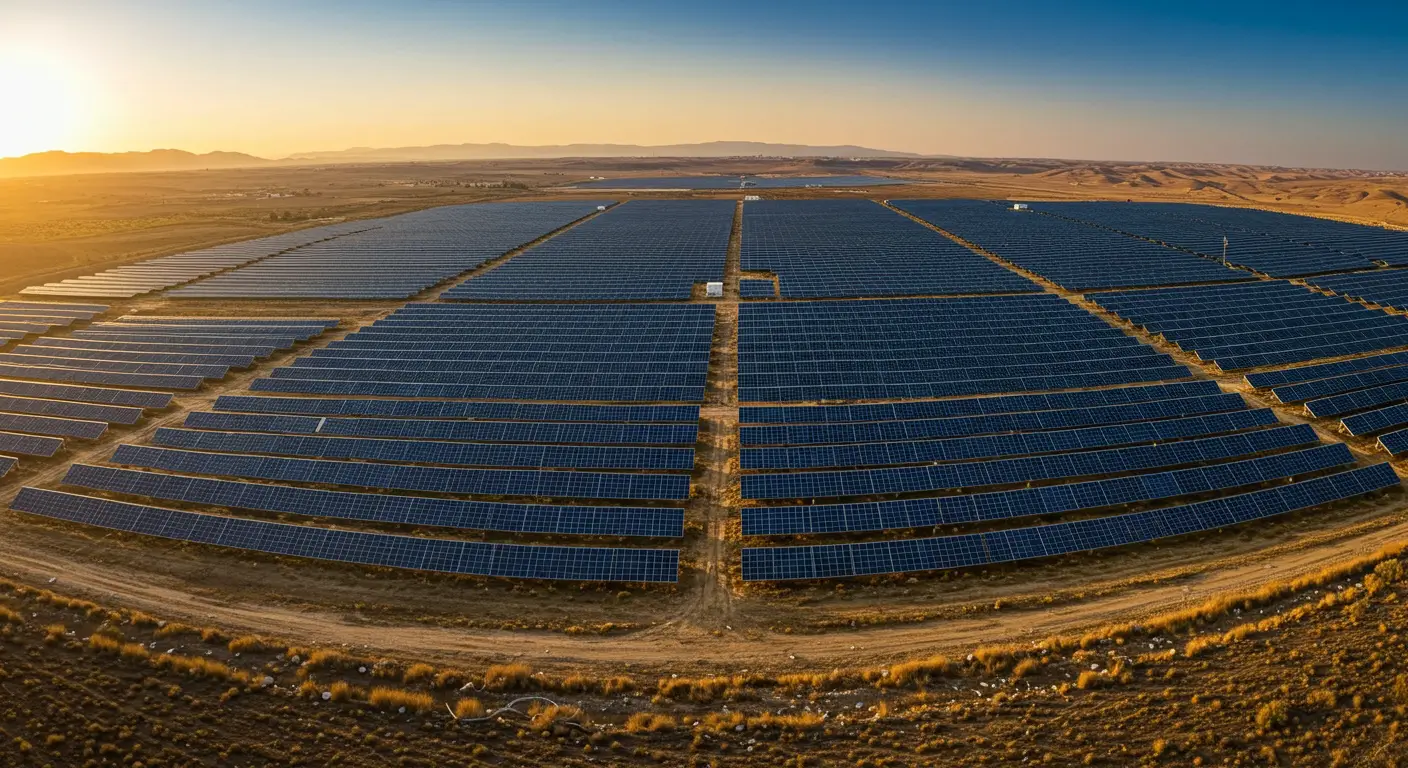
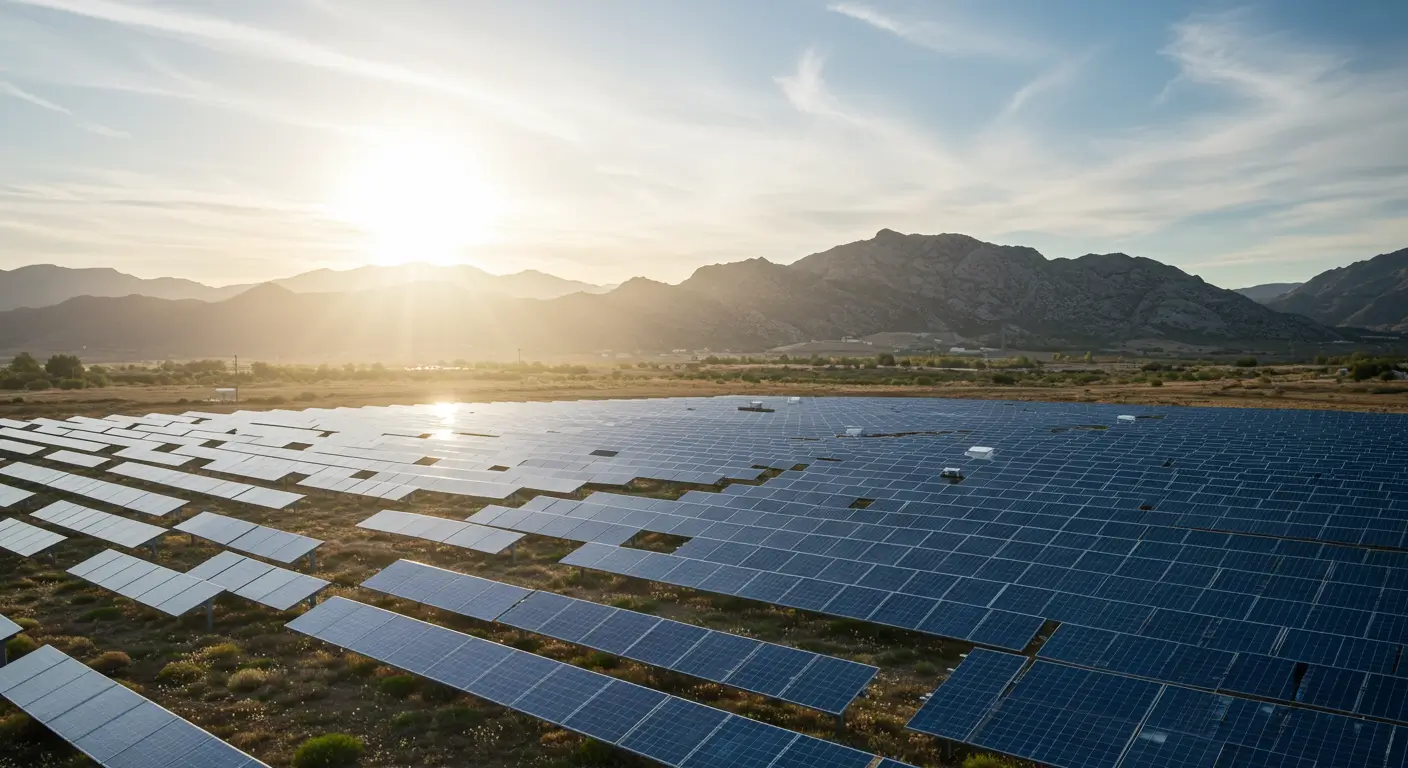
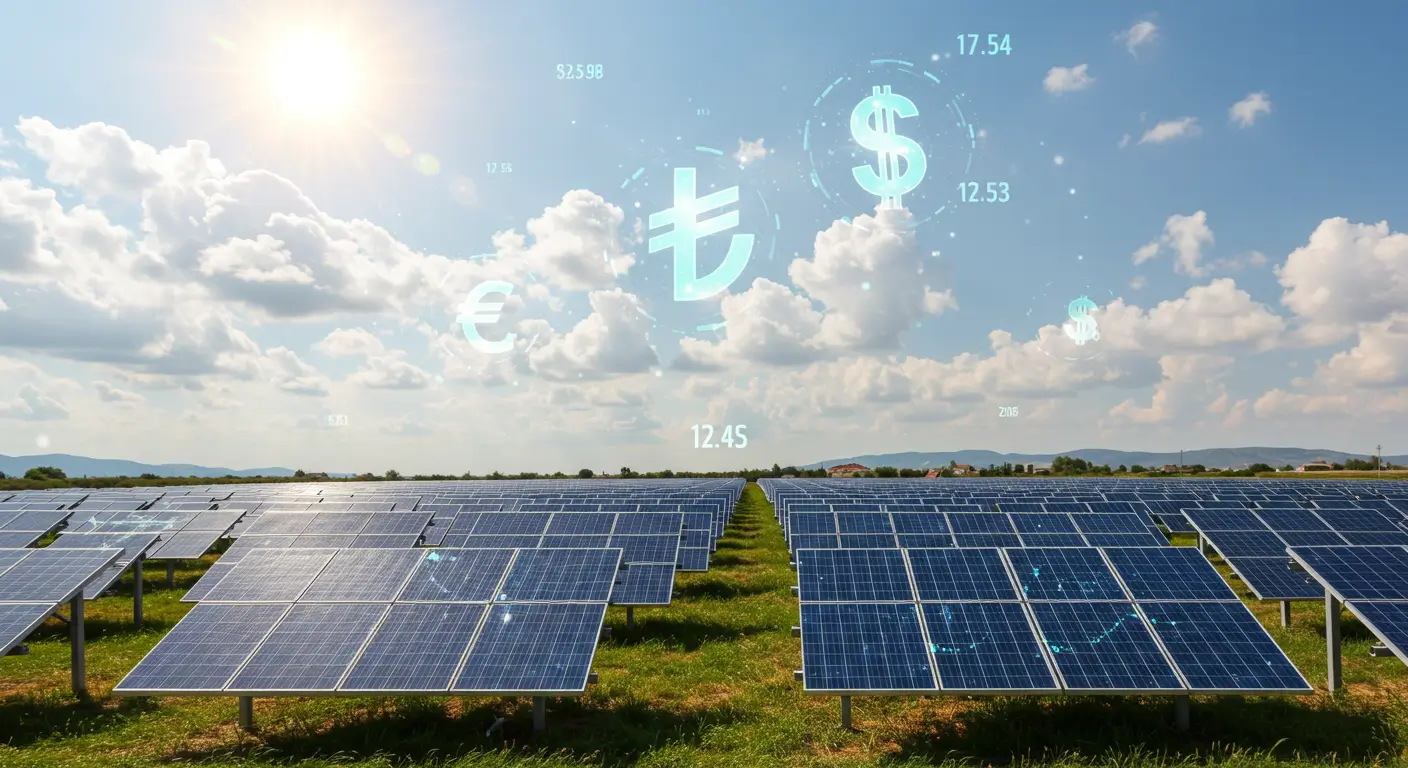
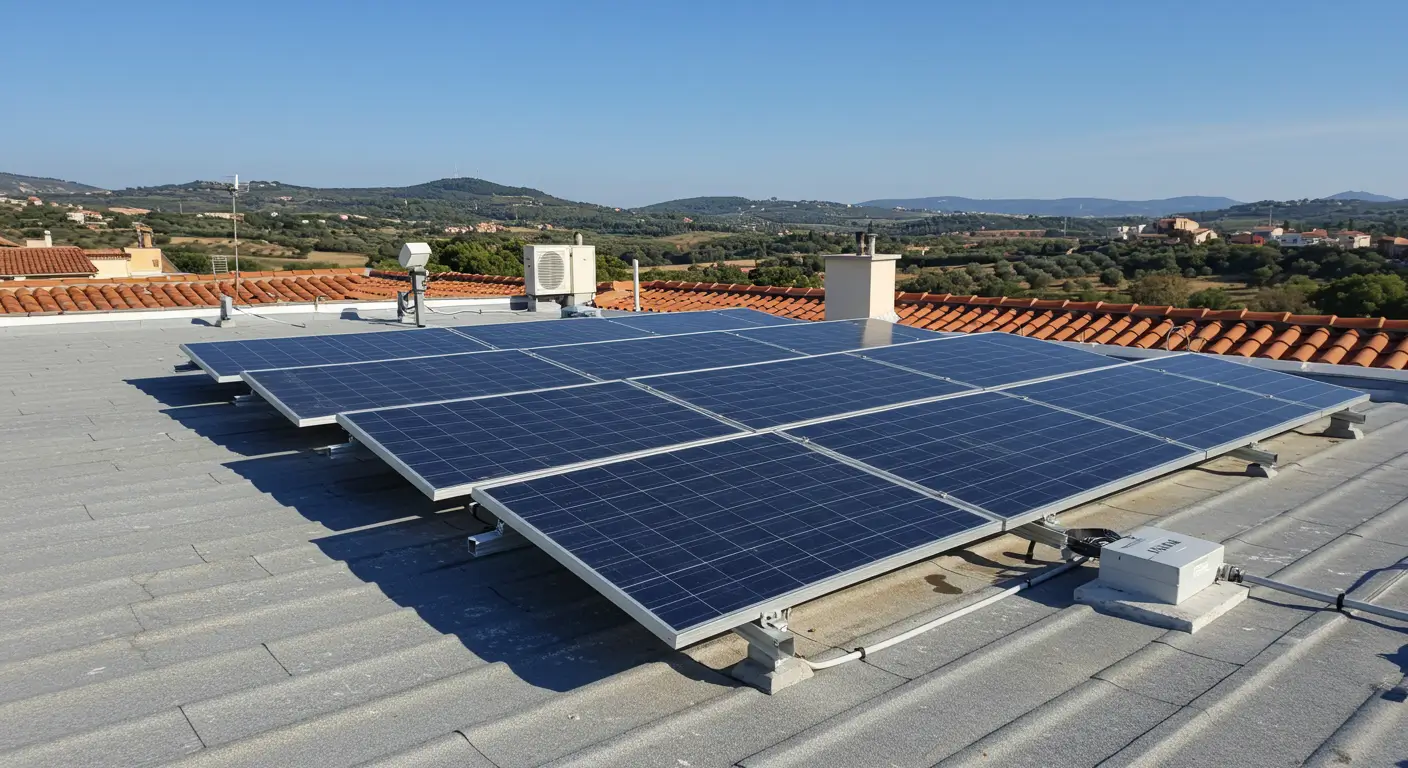
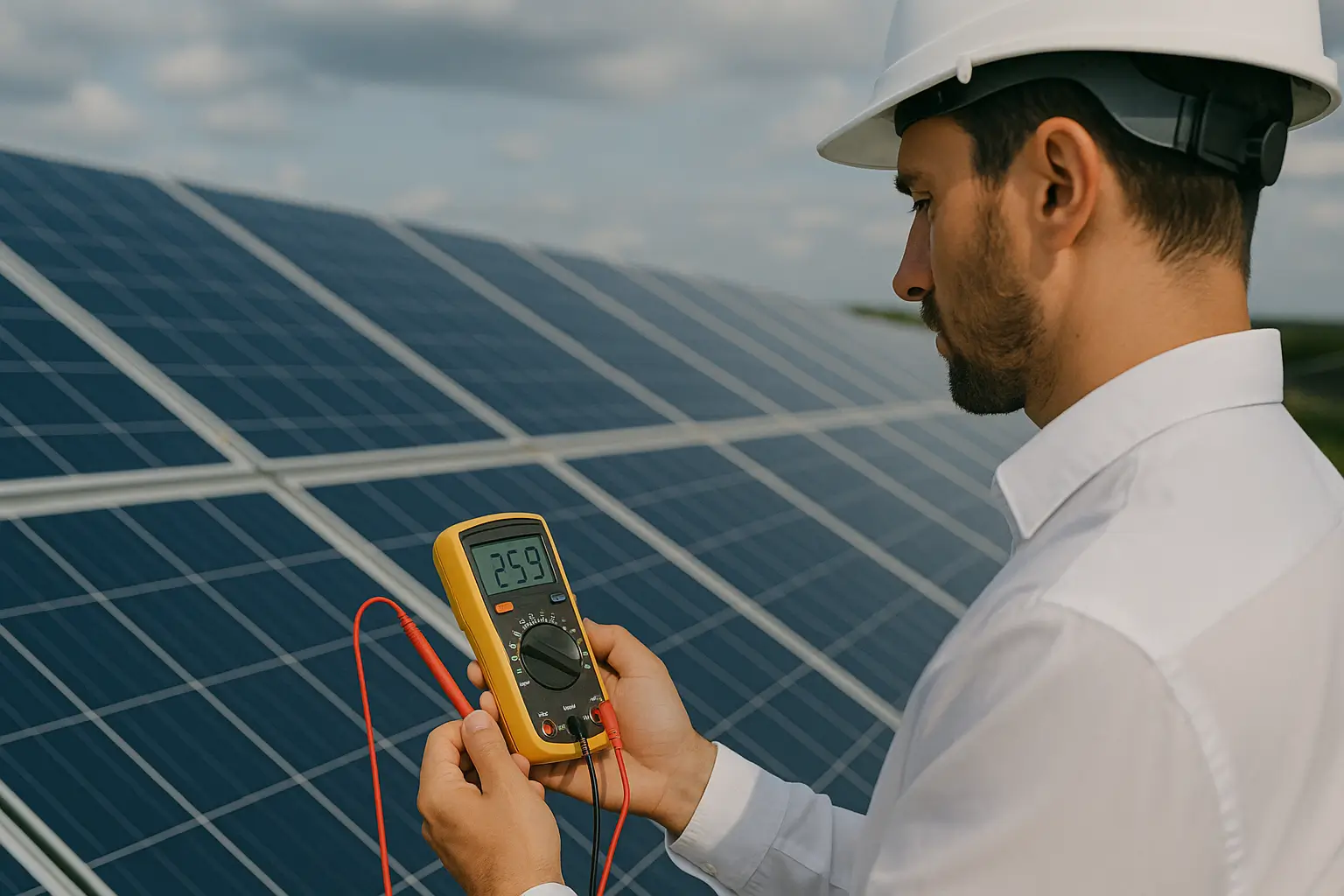
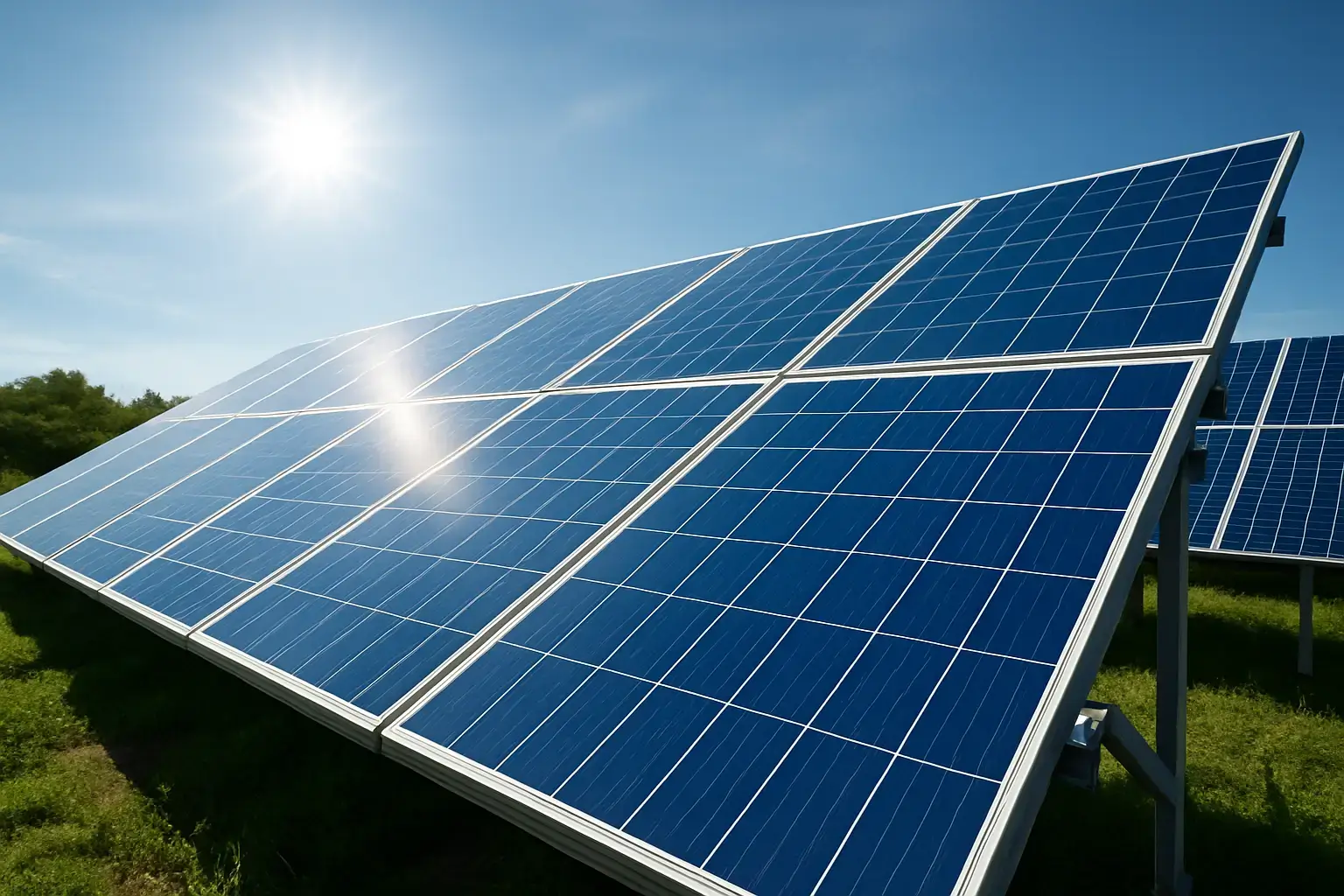
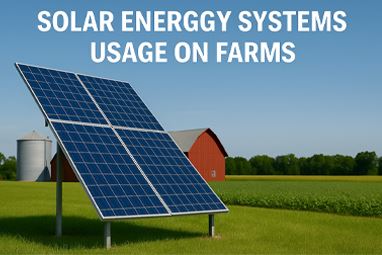
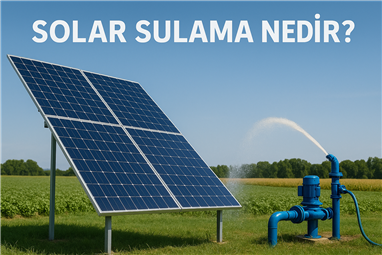
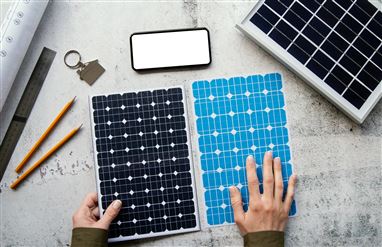
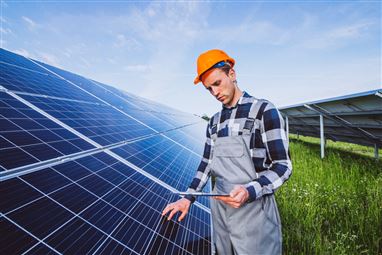
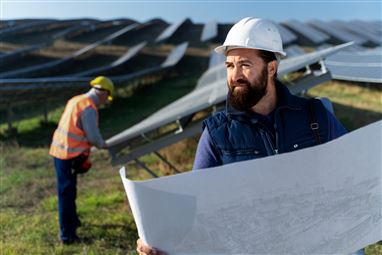
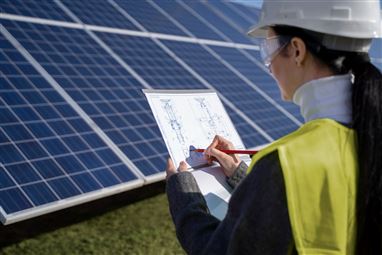
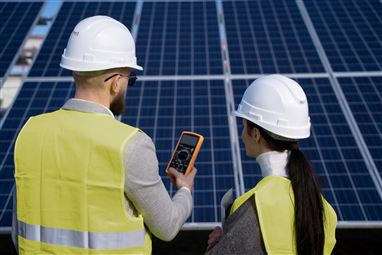
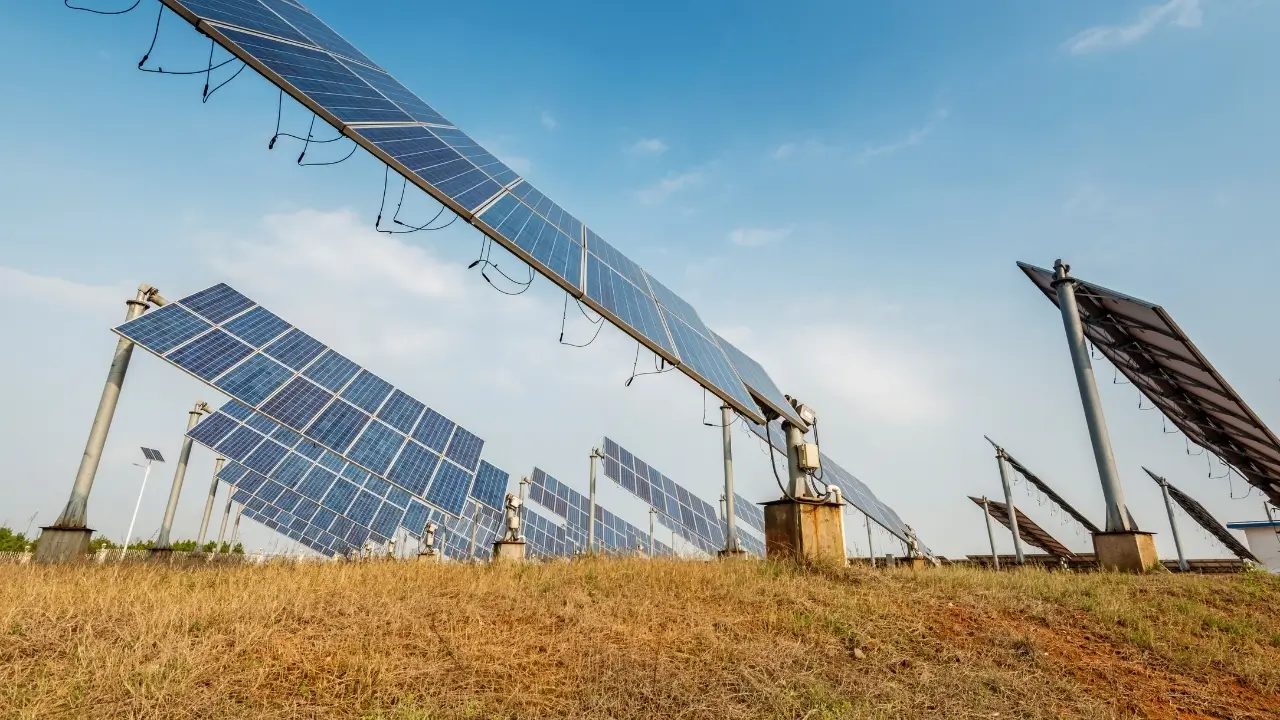
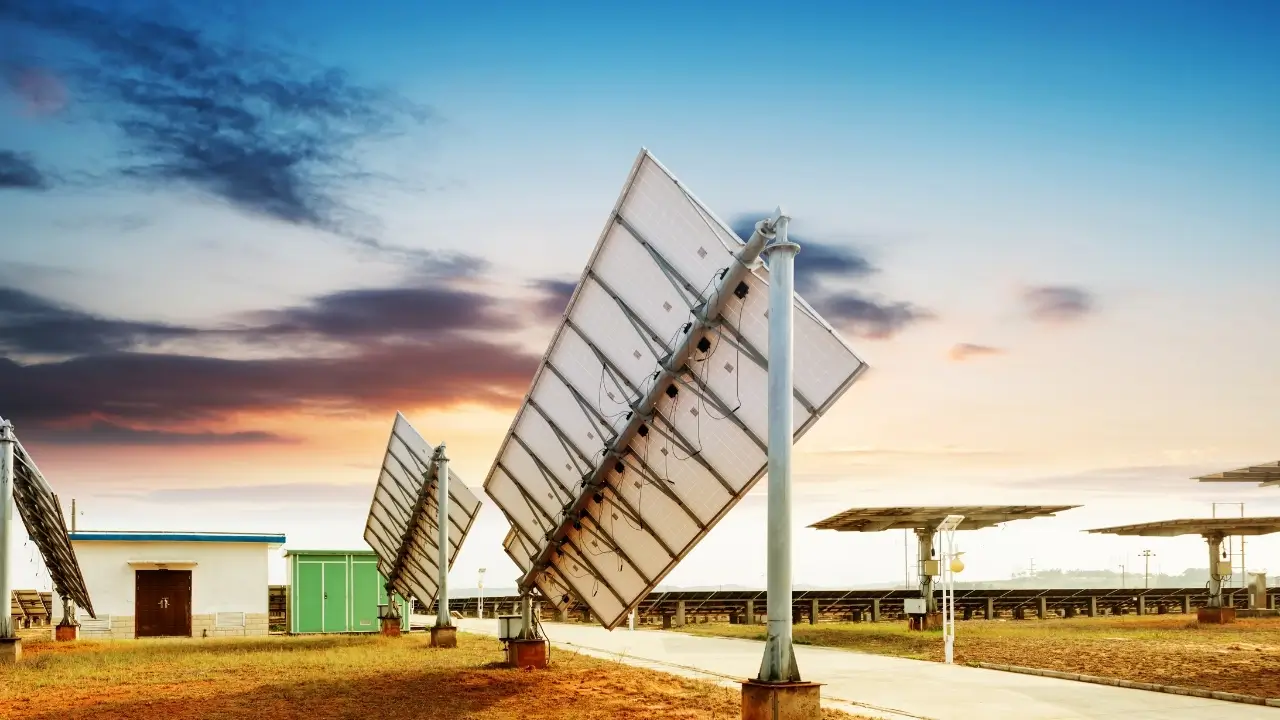
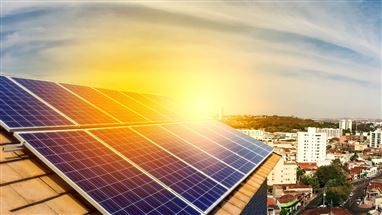
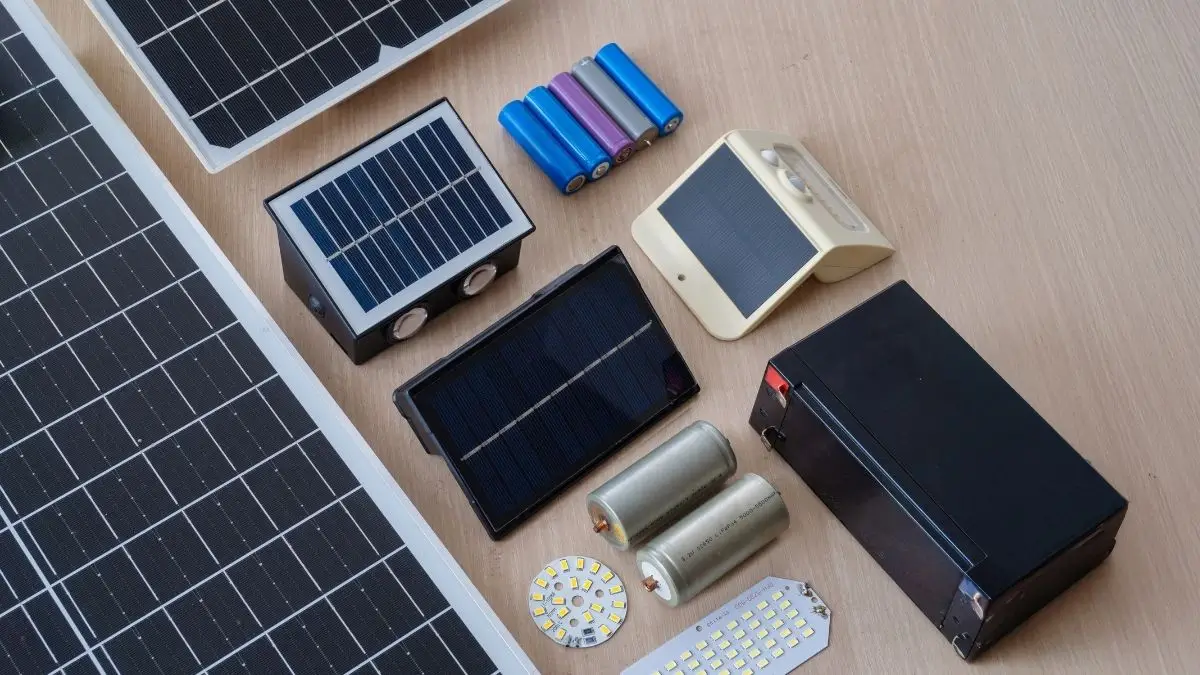
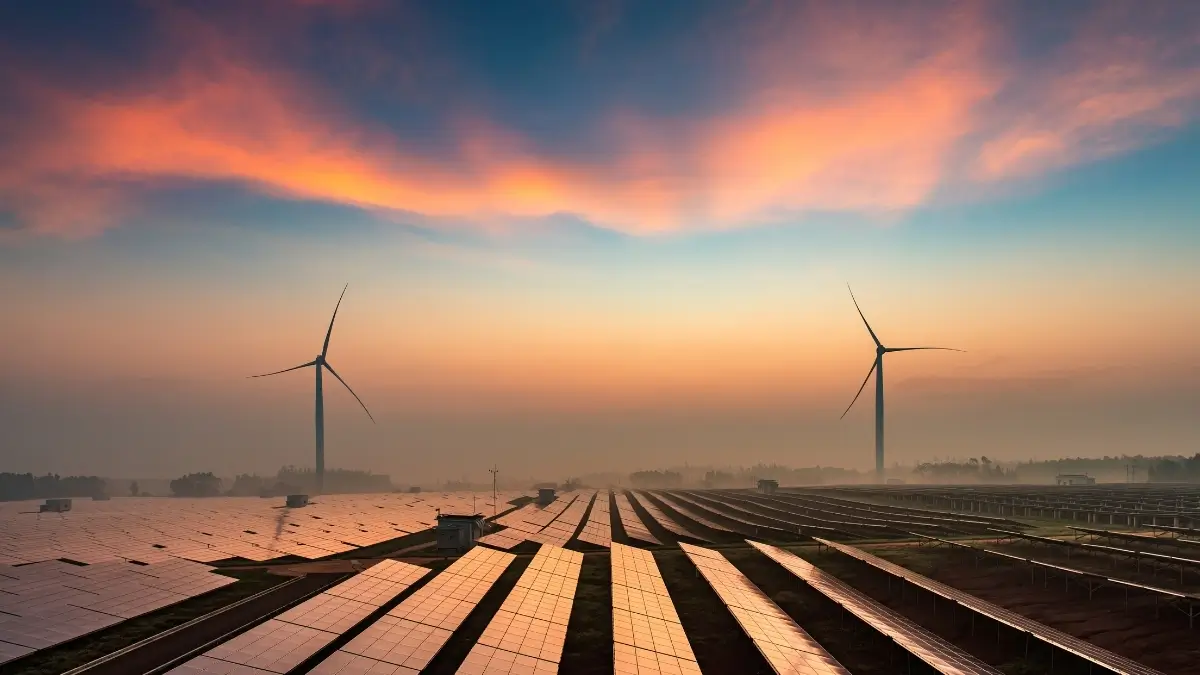
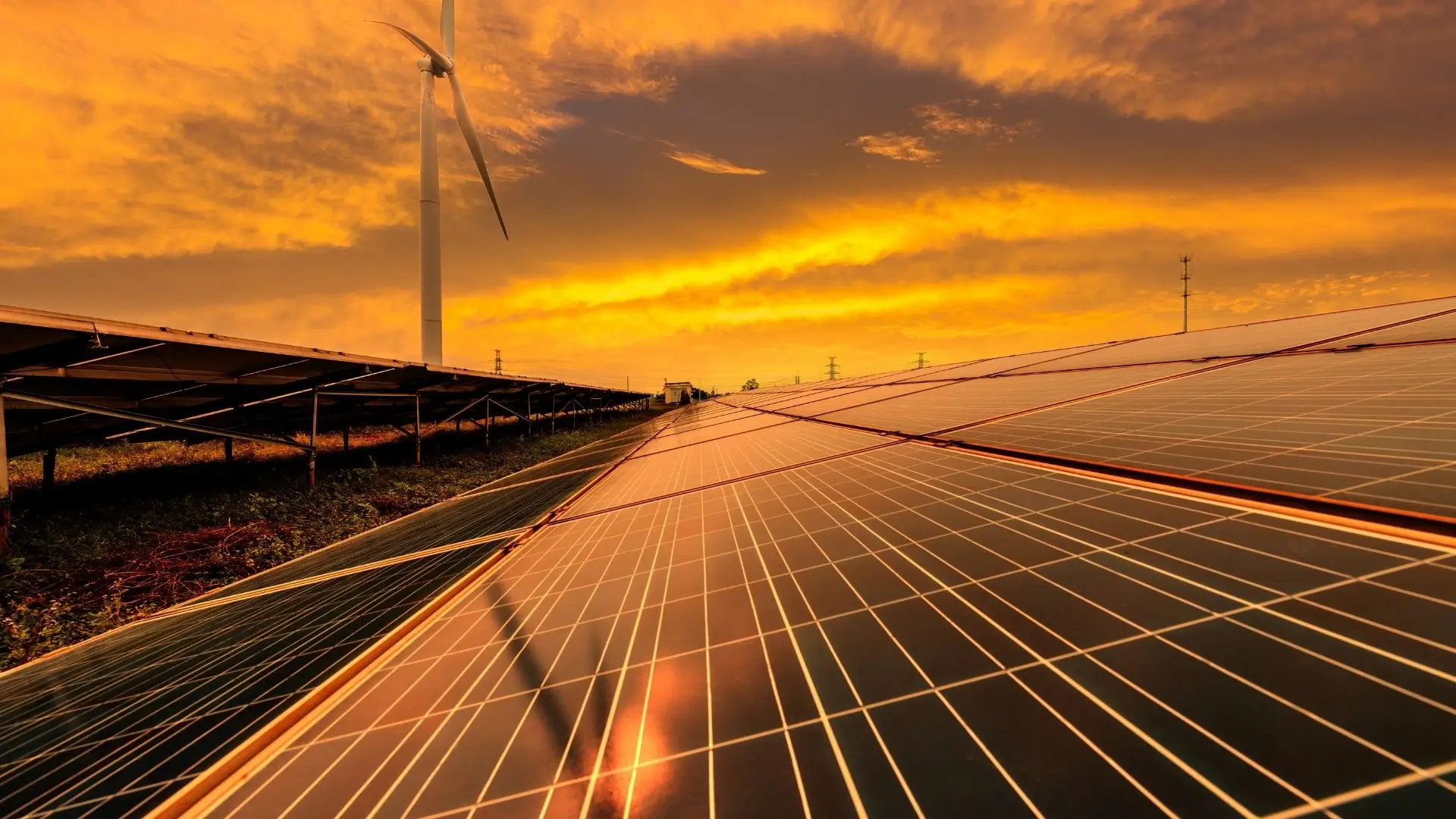
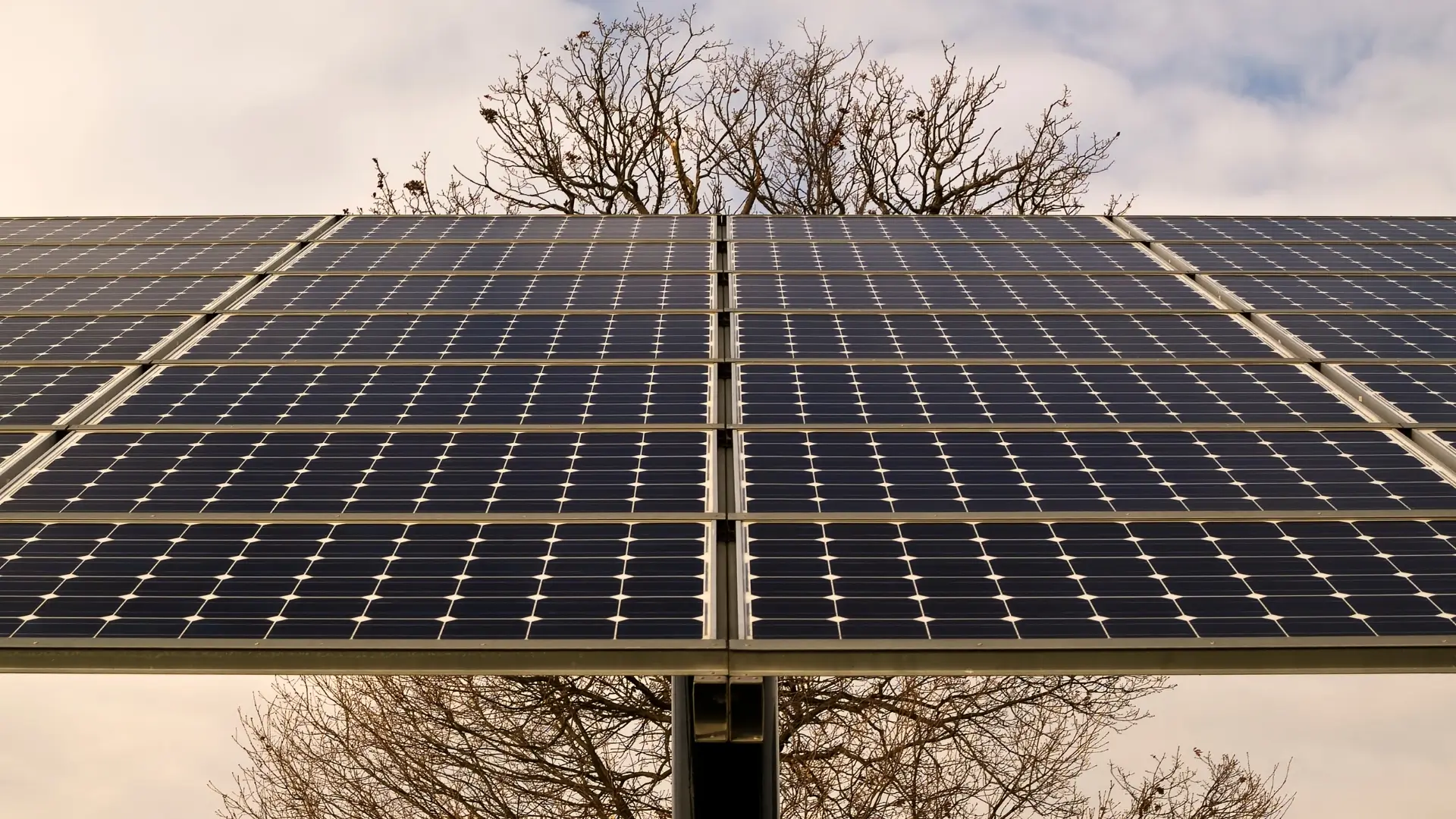
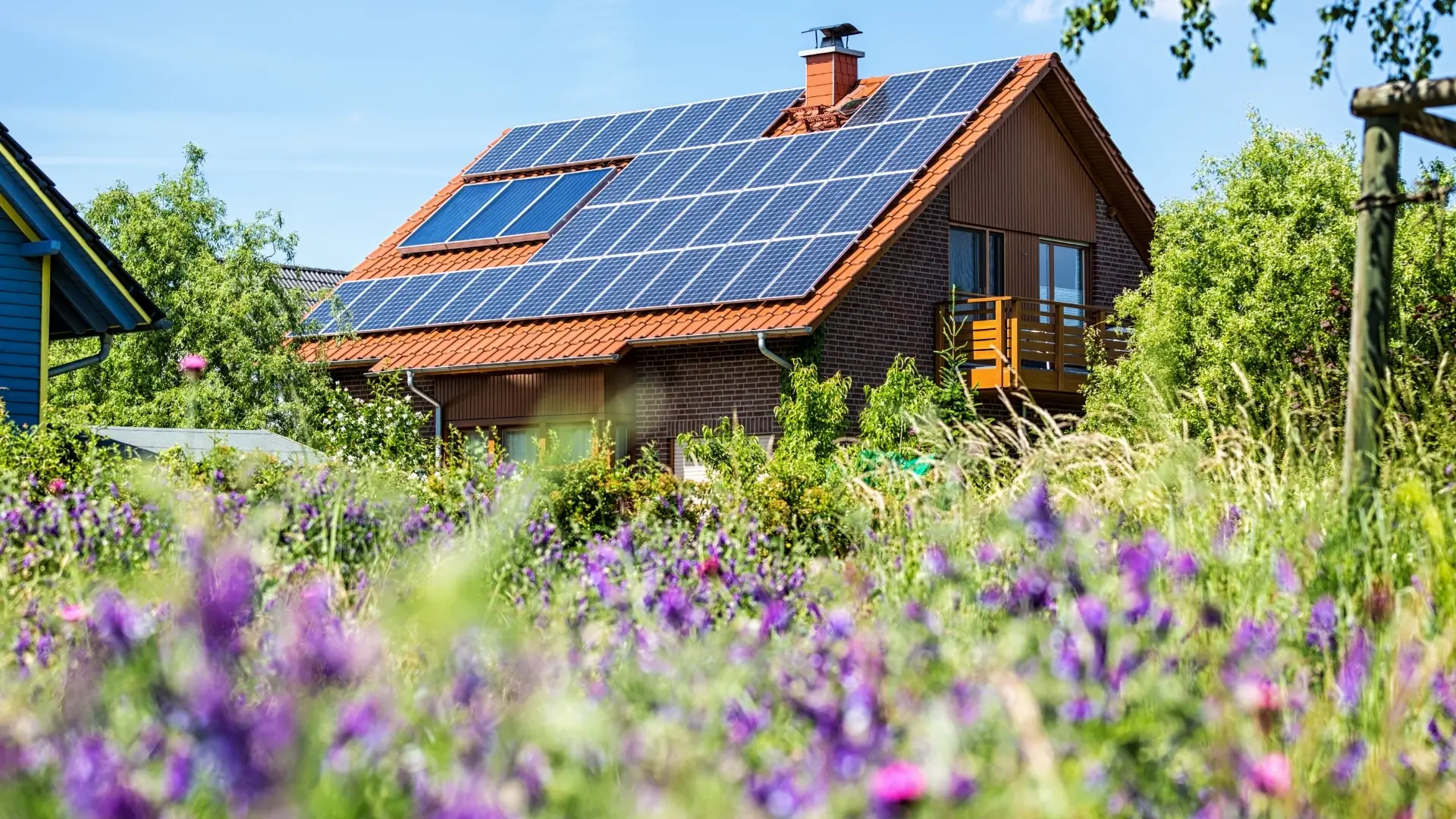
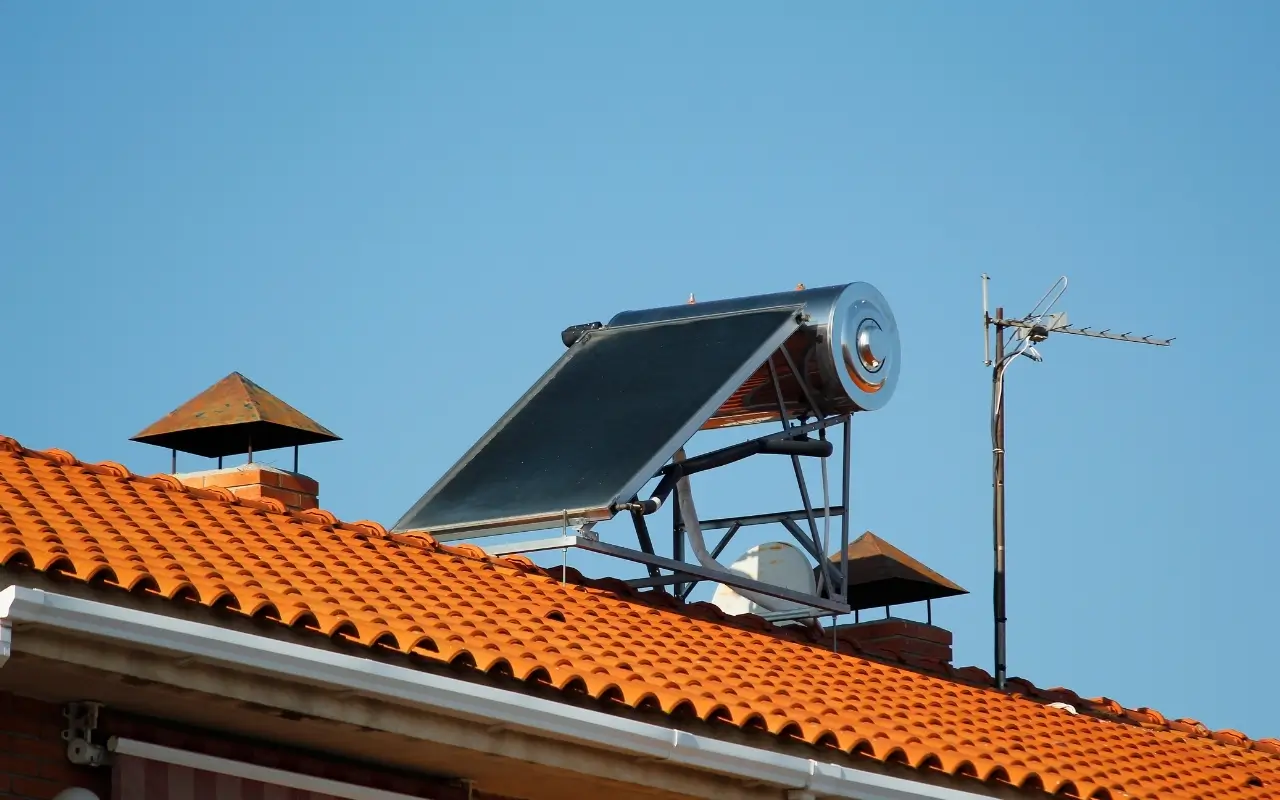
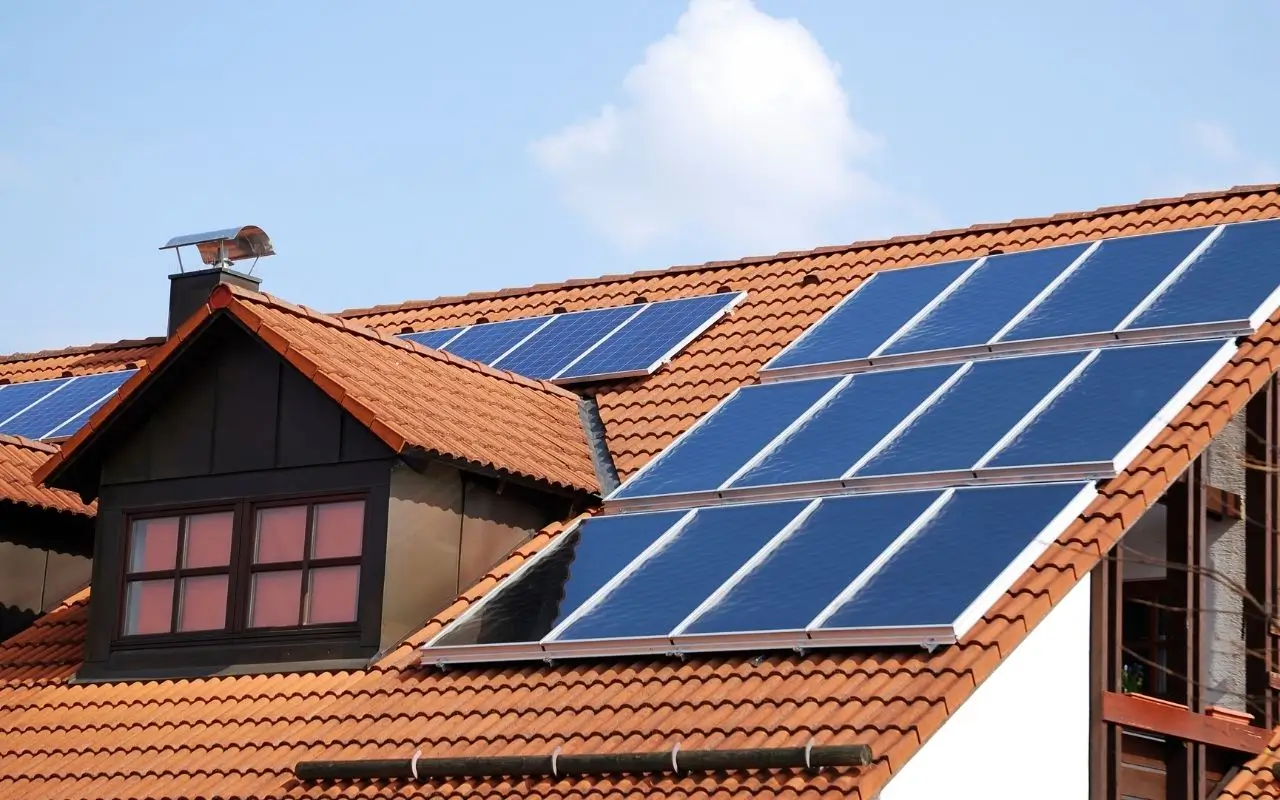
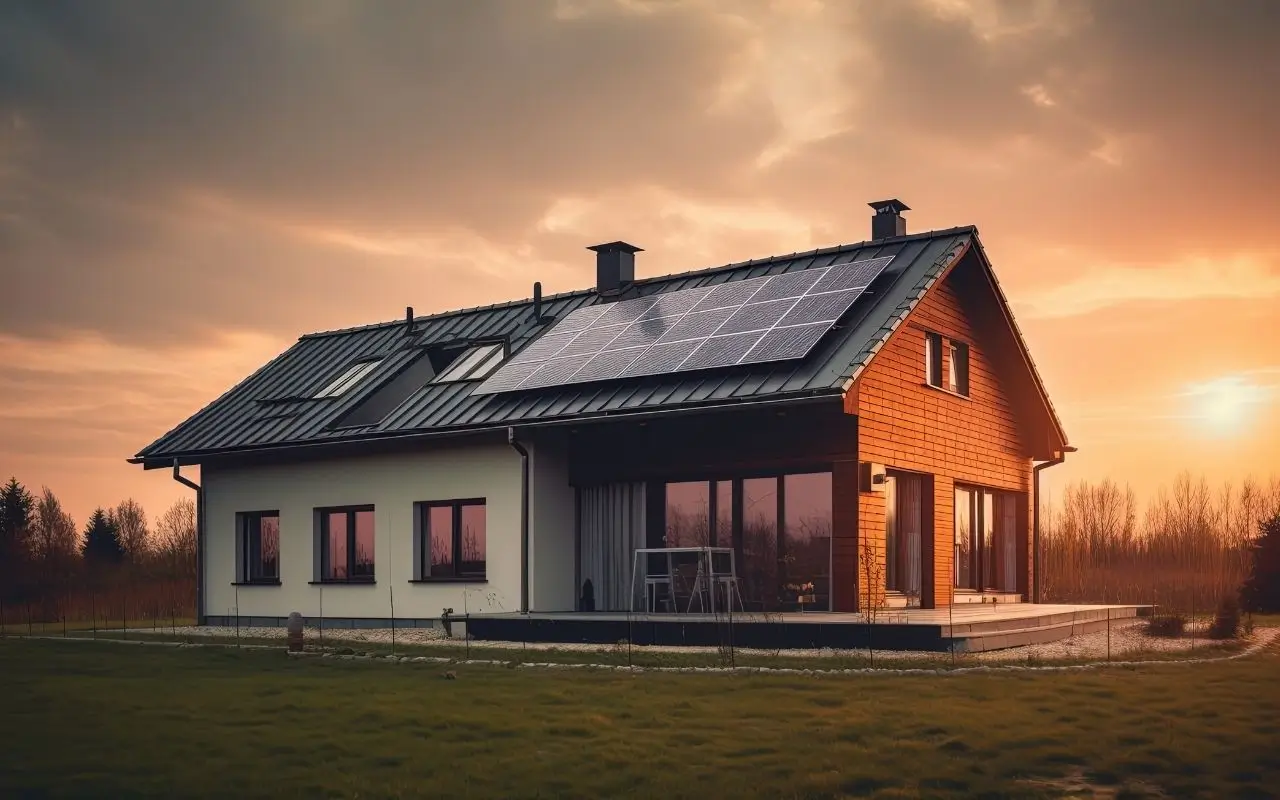
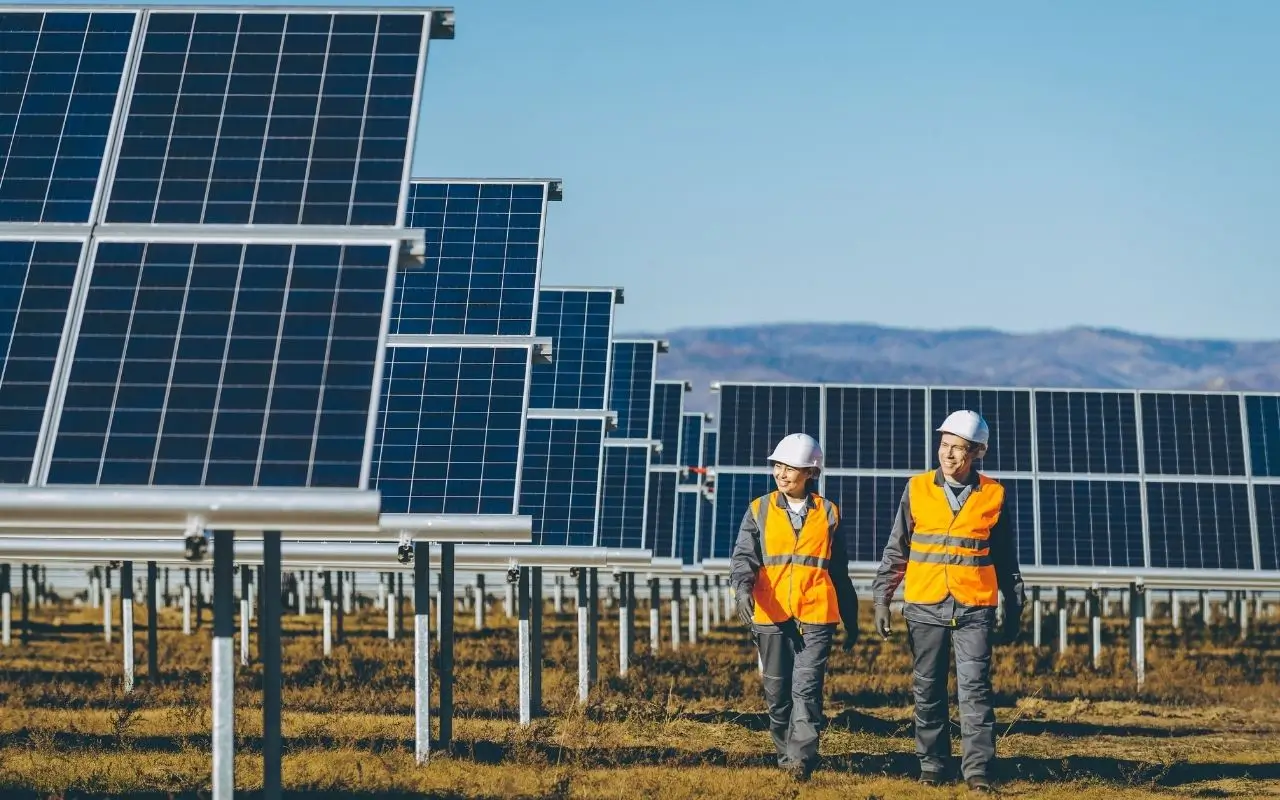
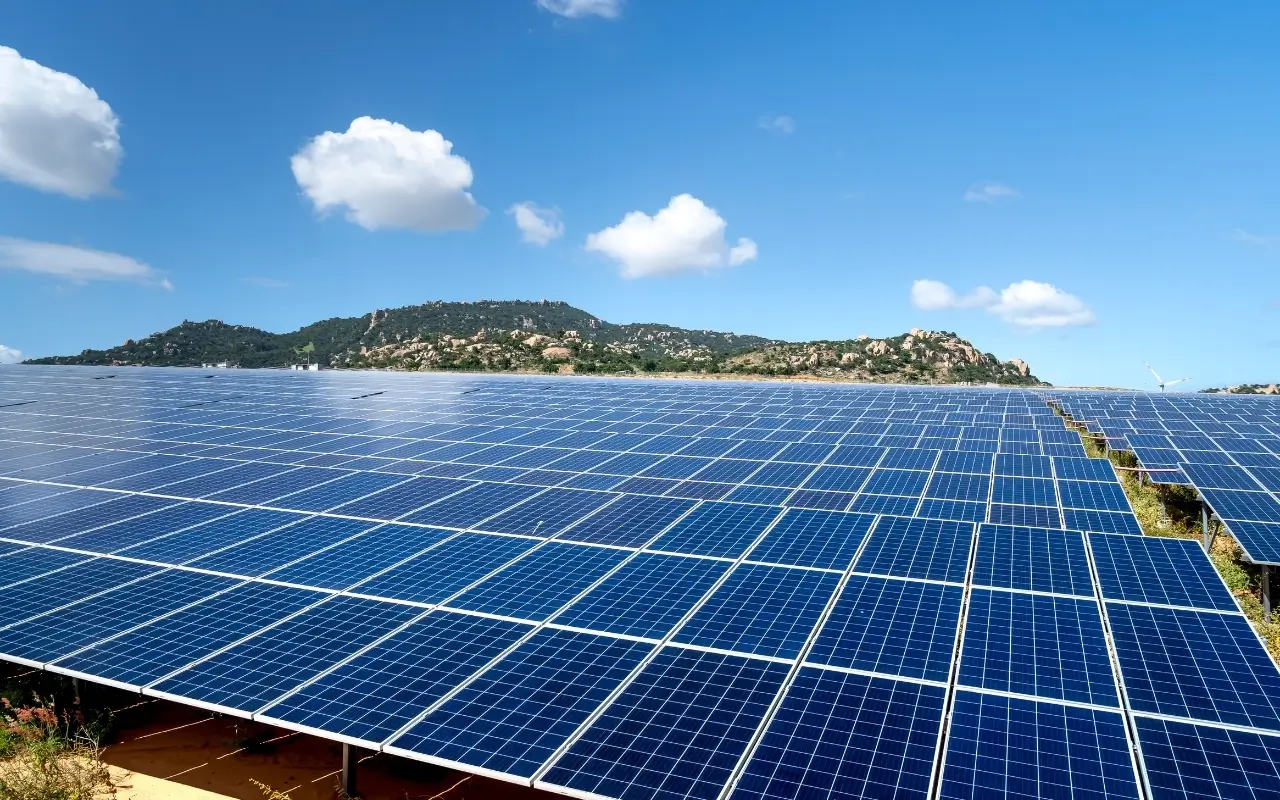
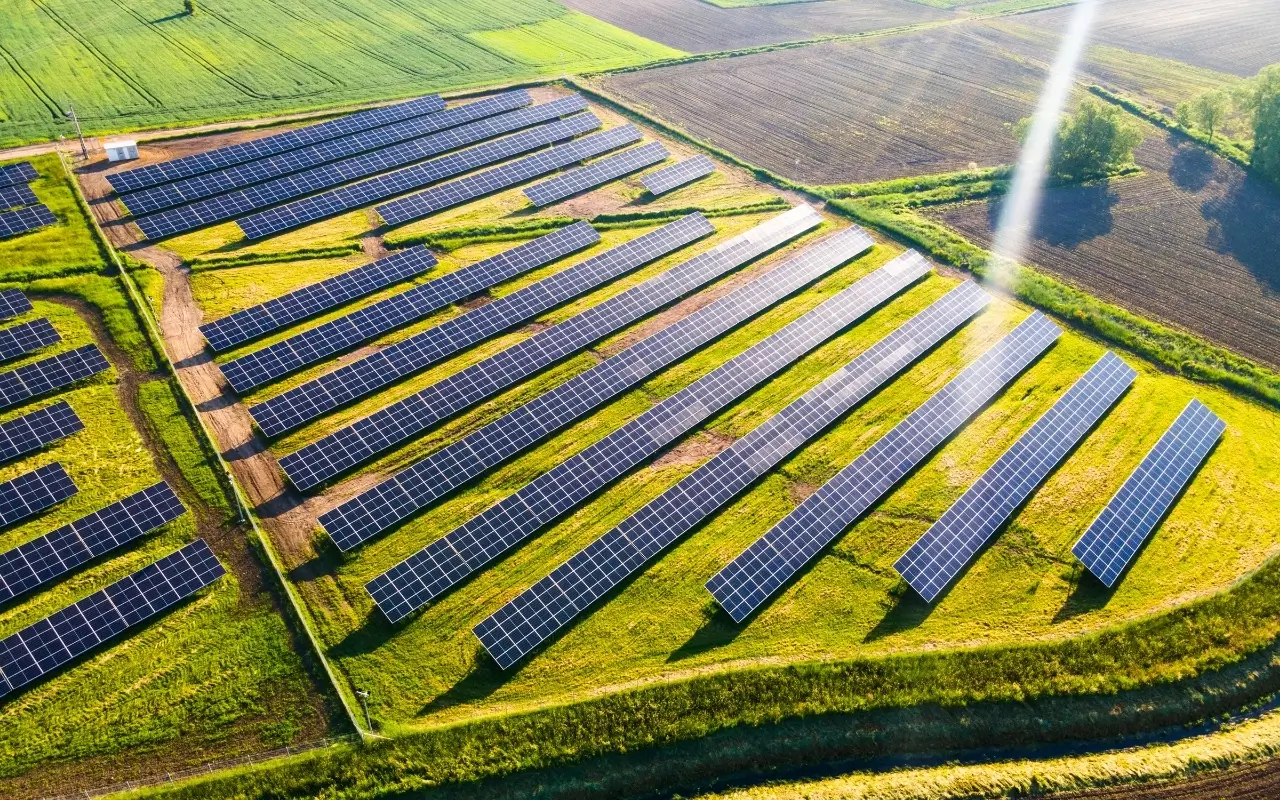
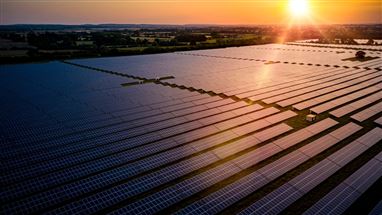
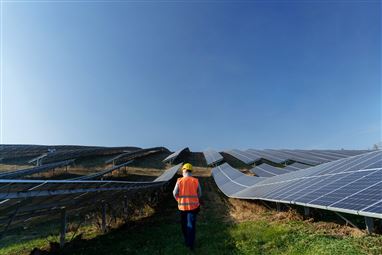
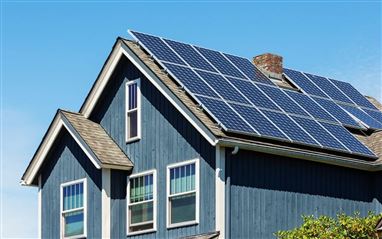
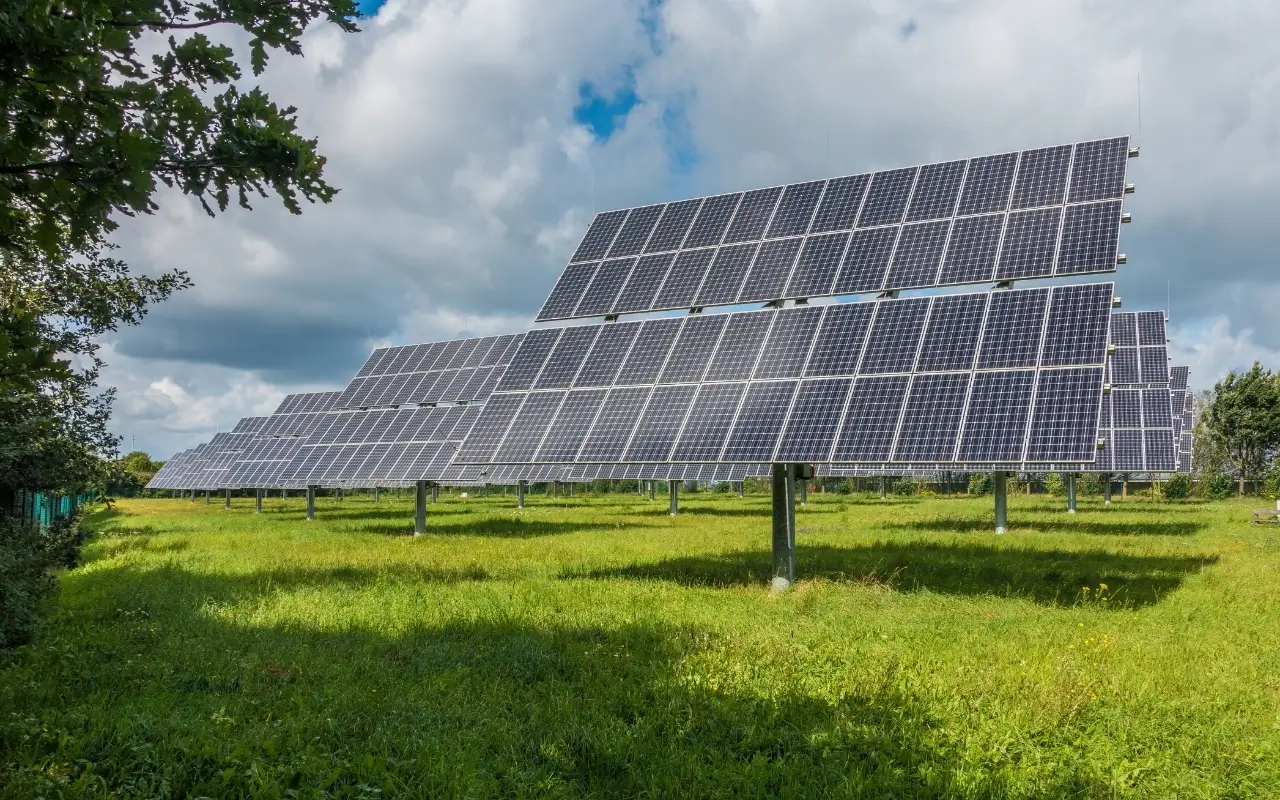
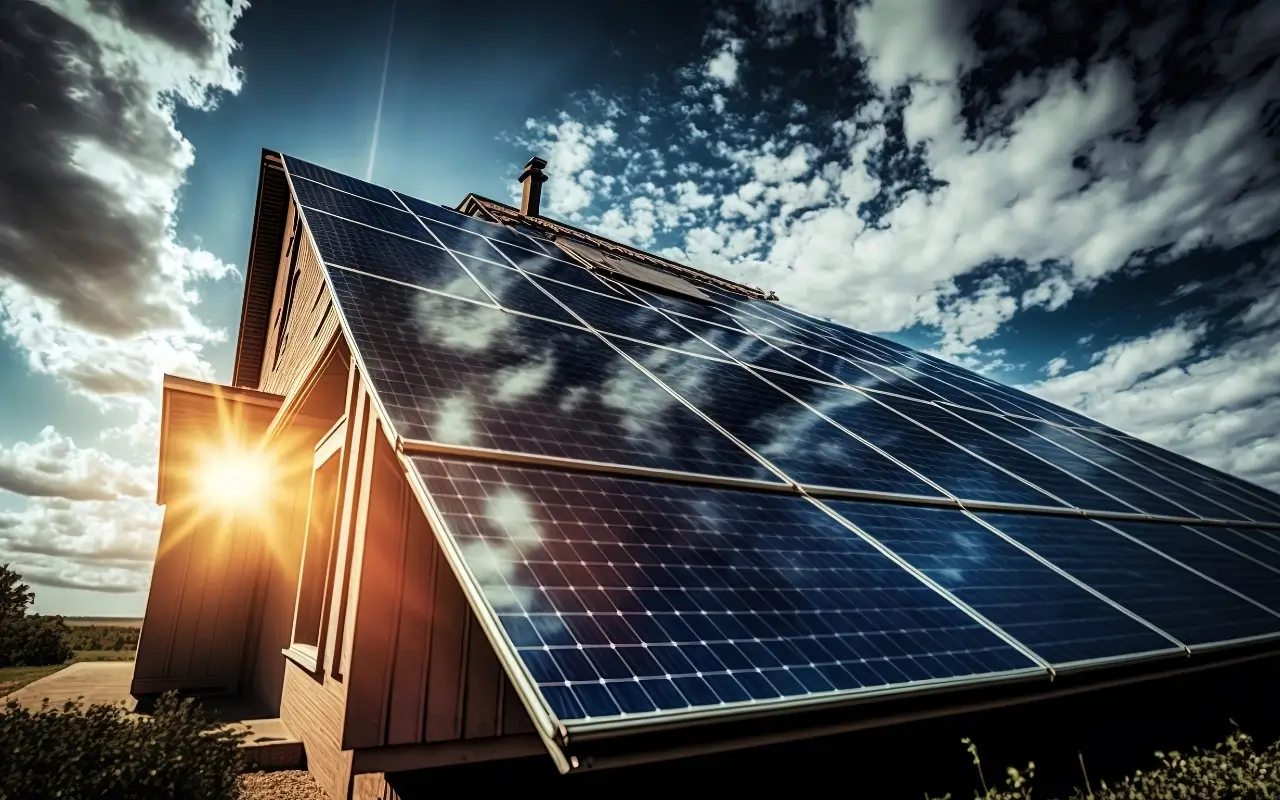
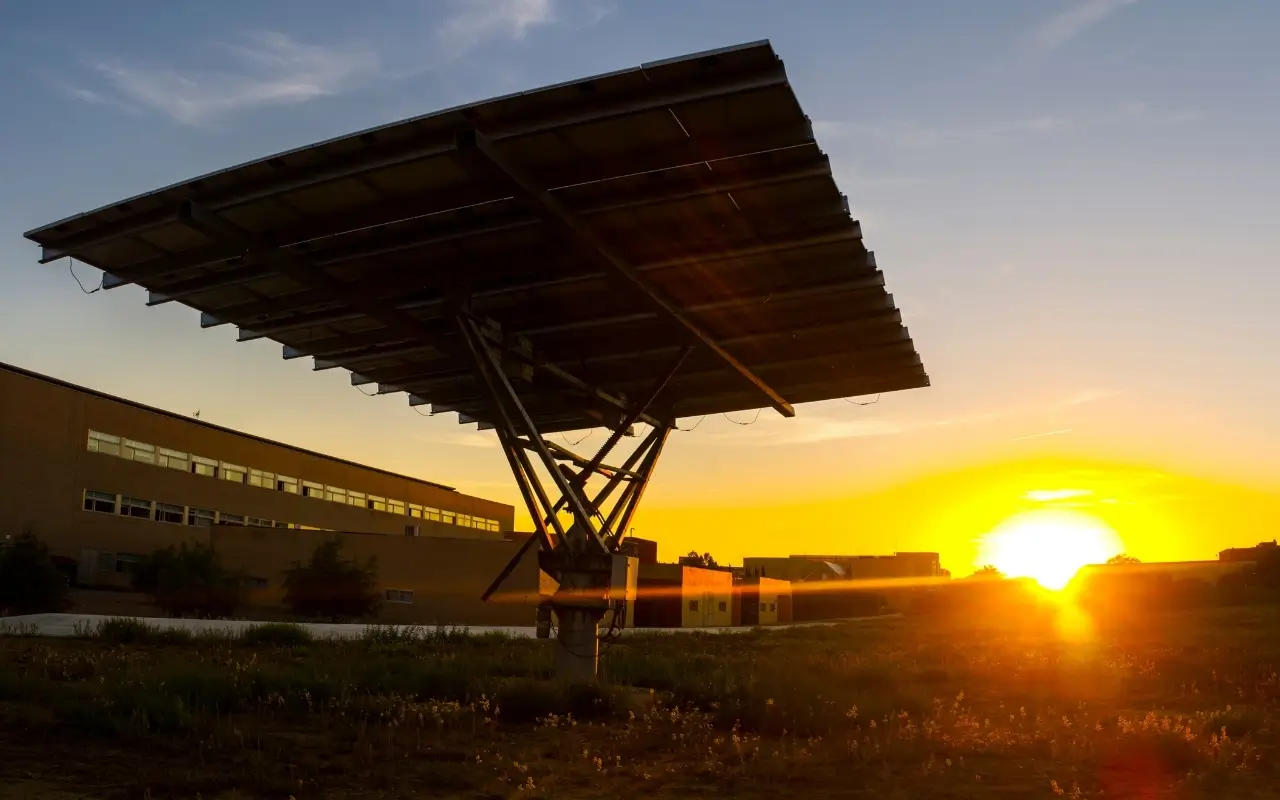
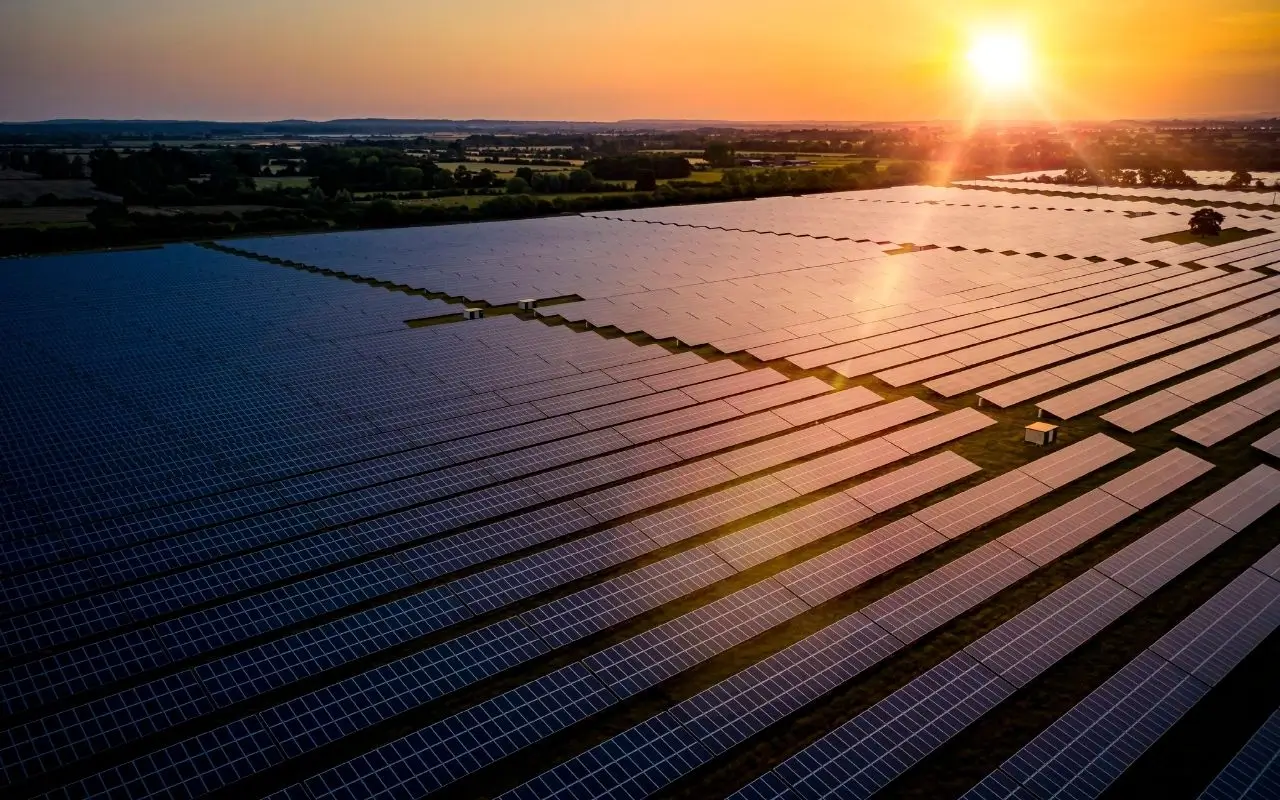
Do Comment